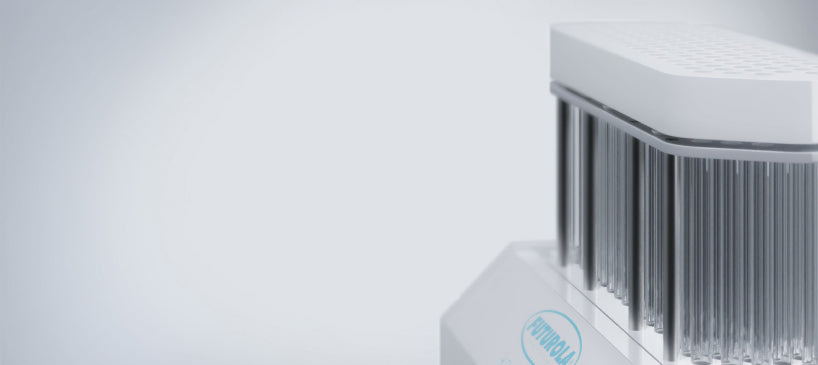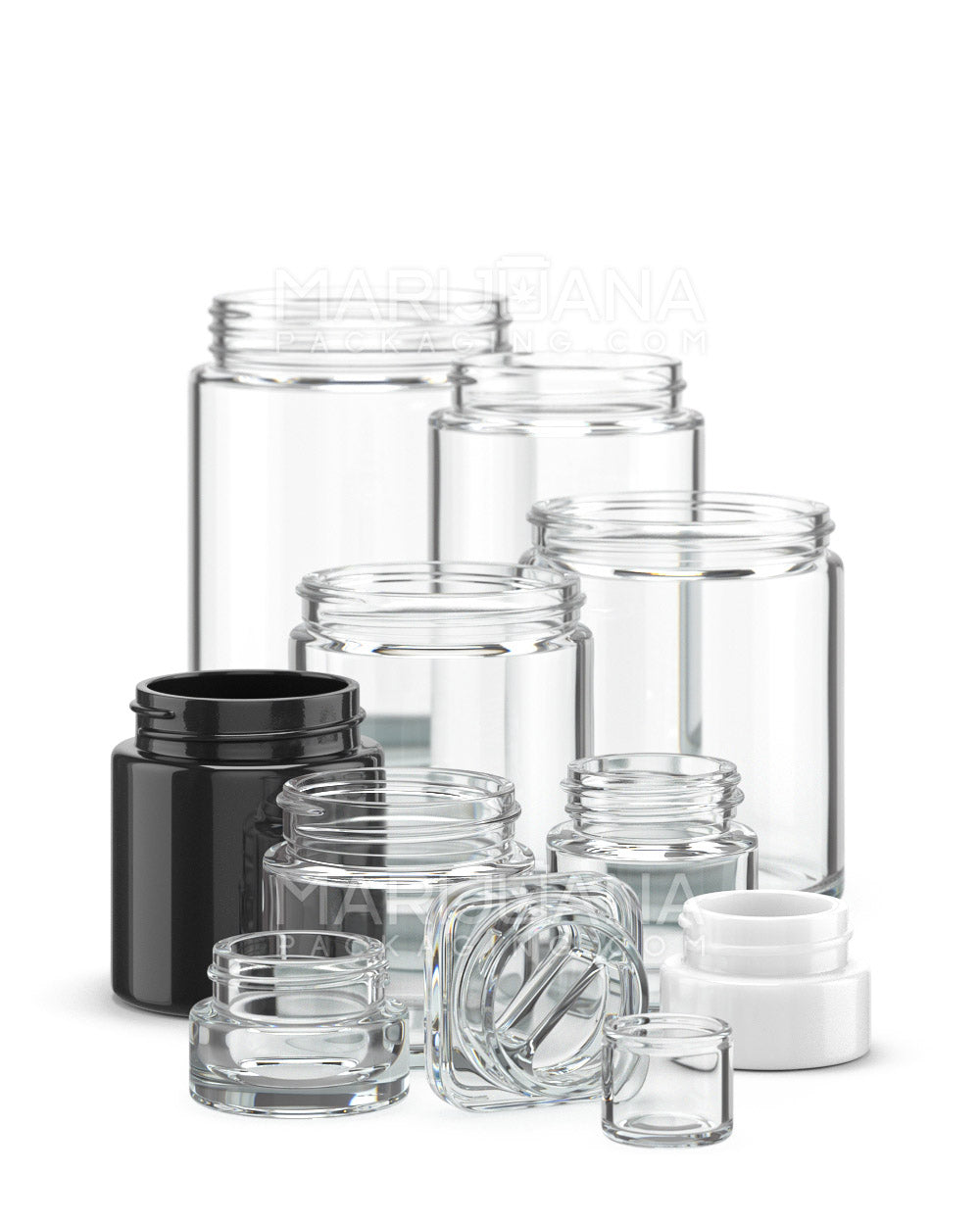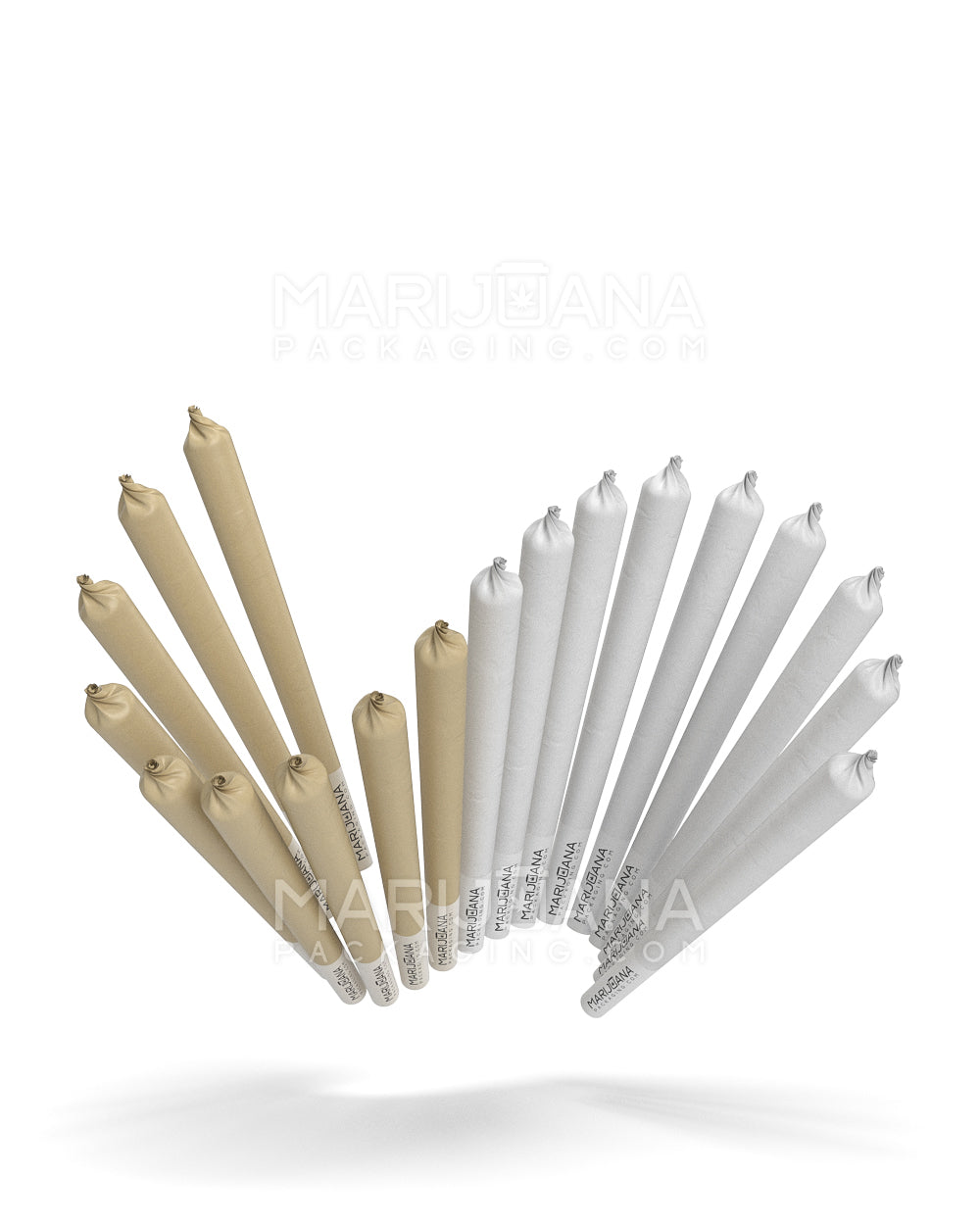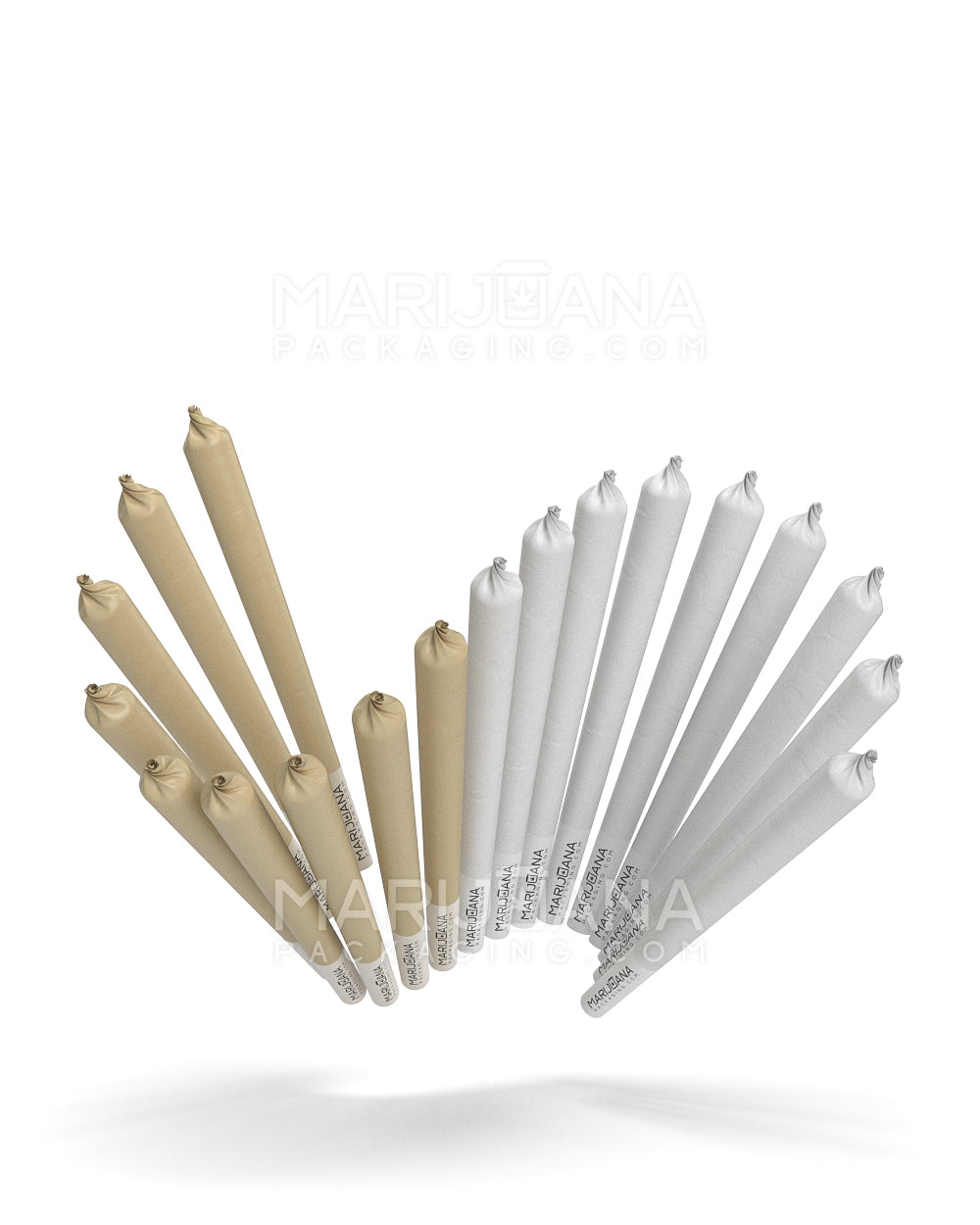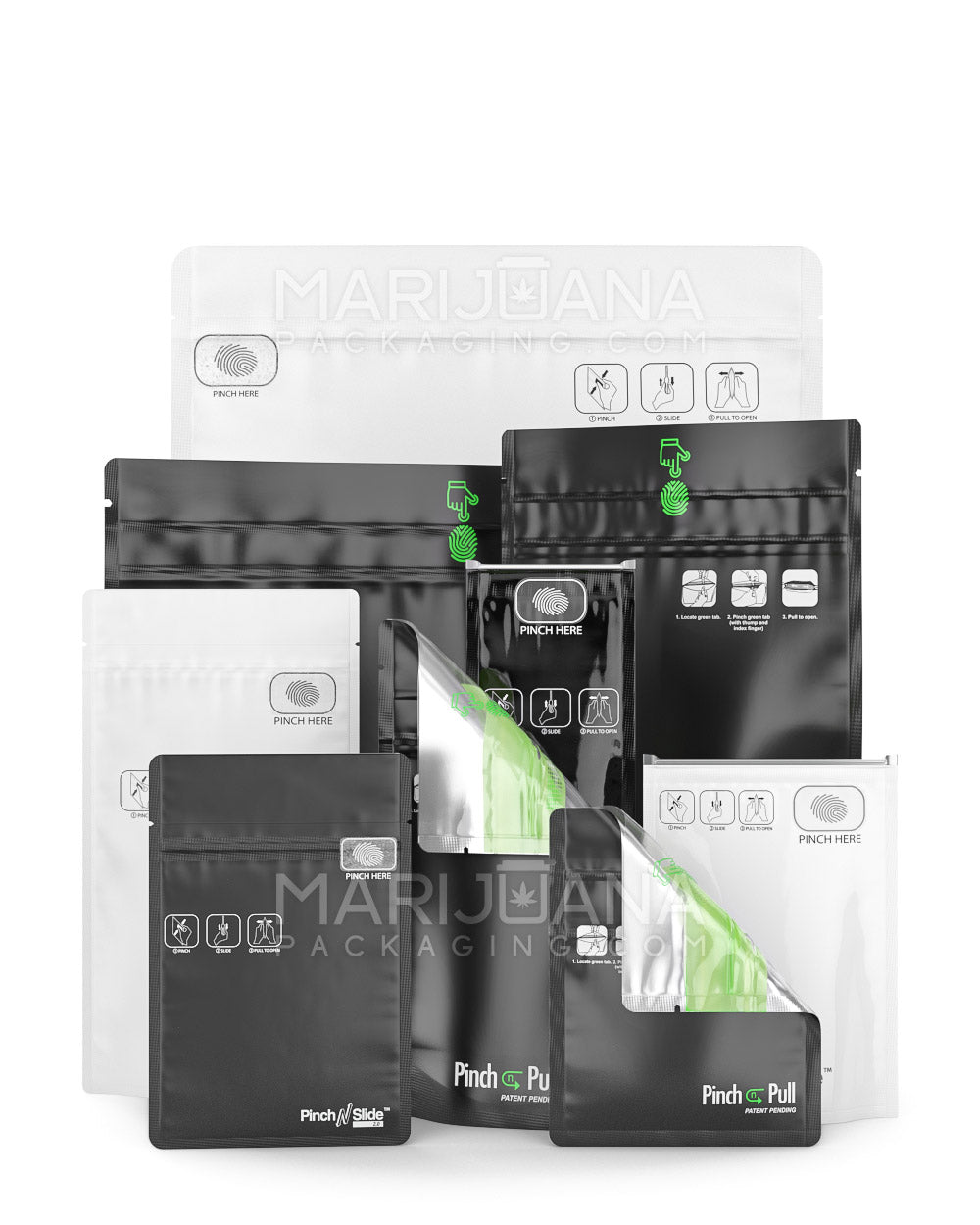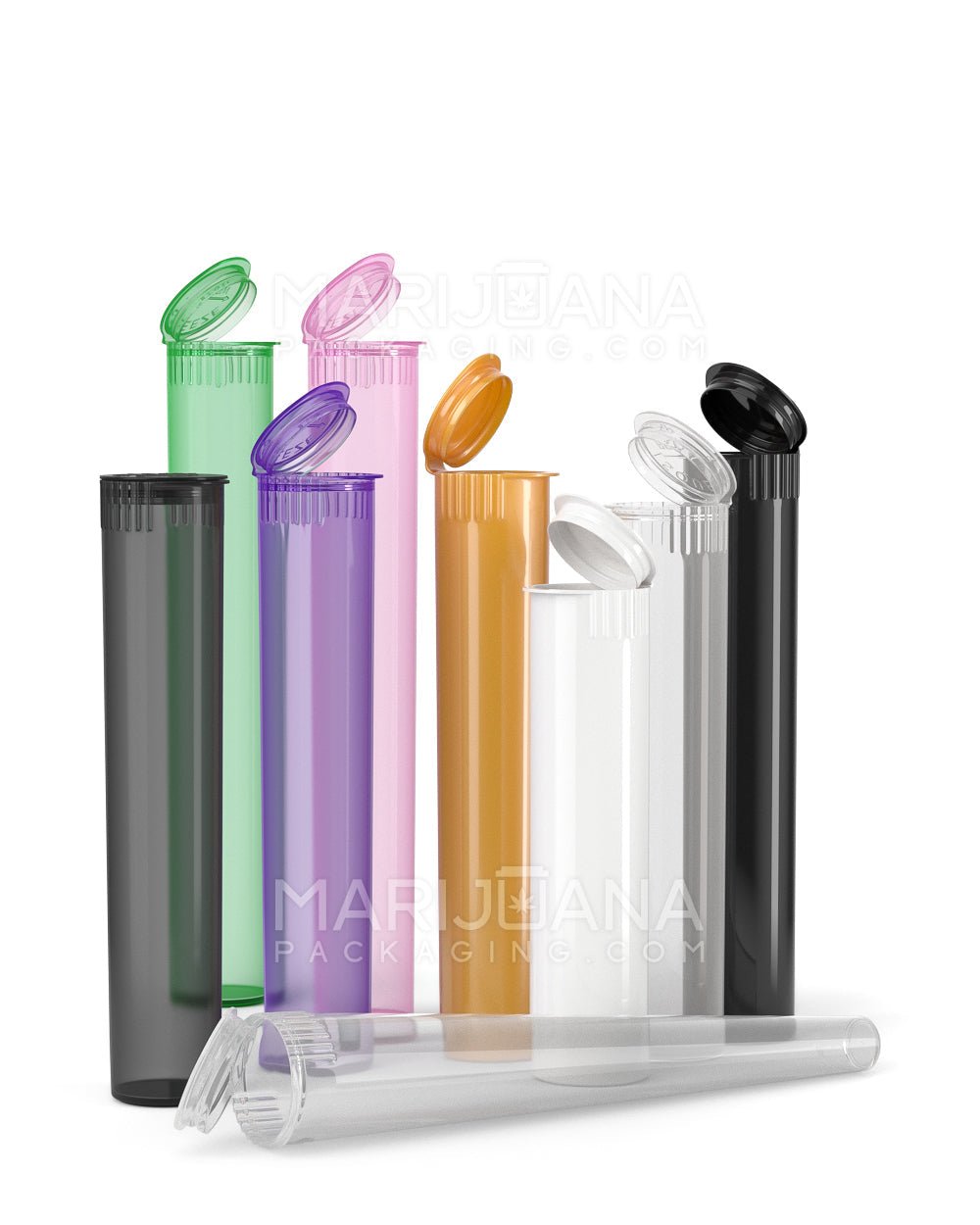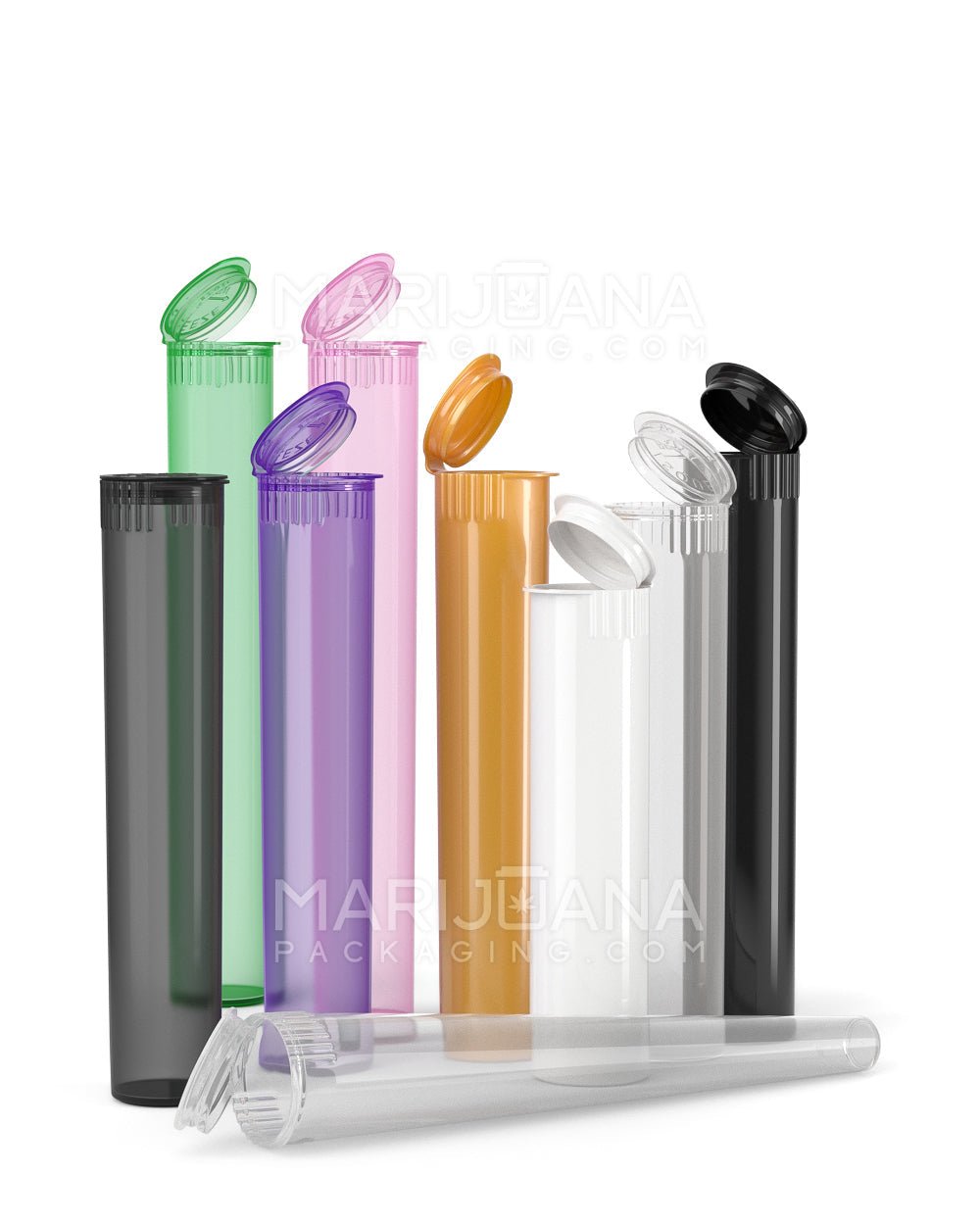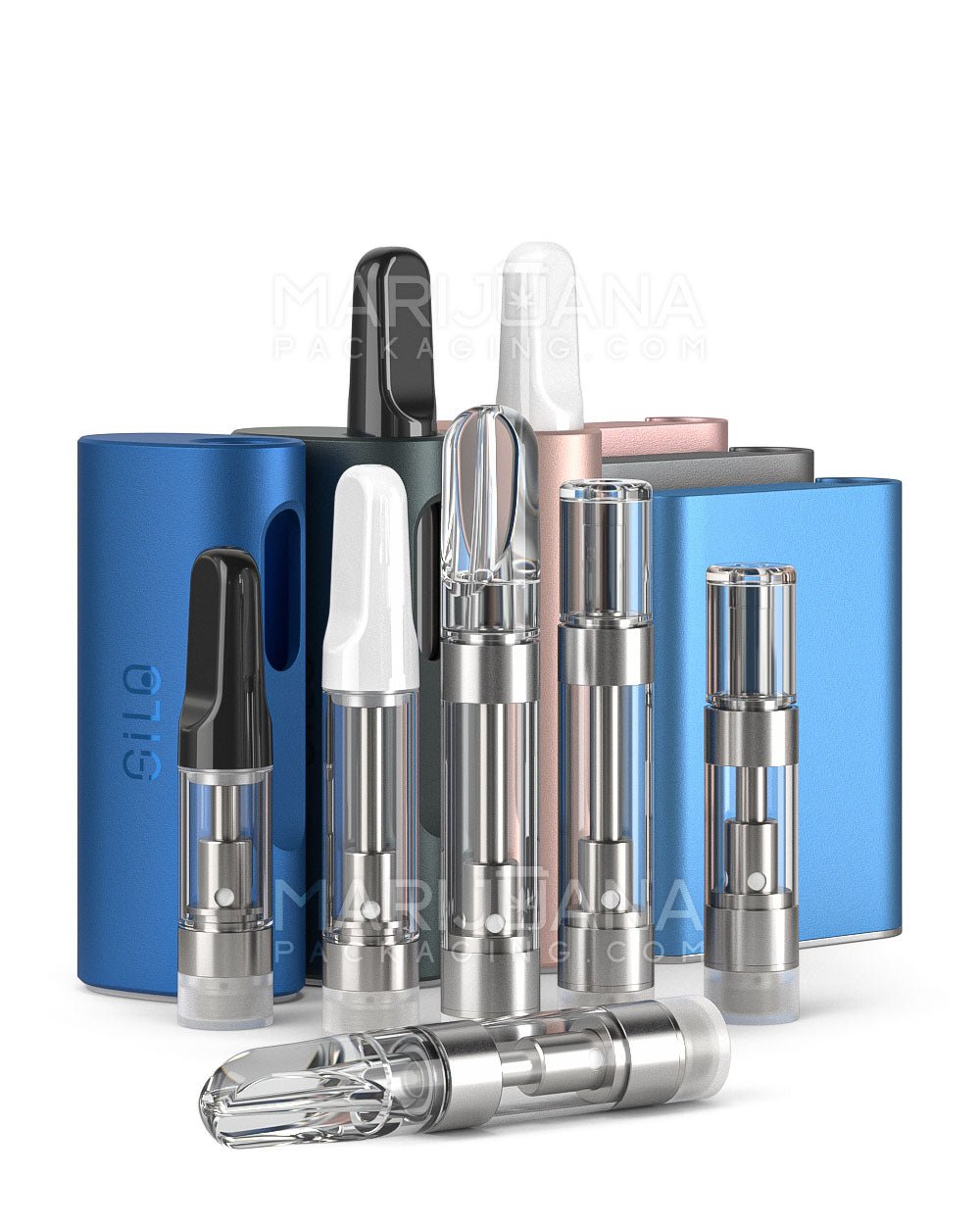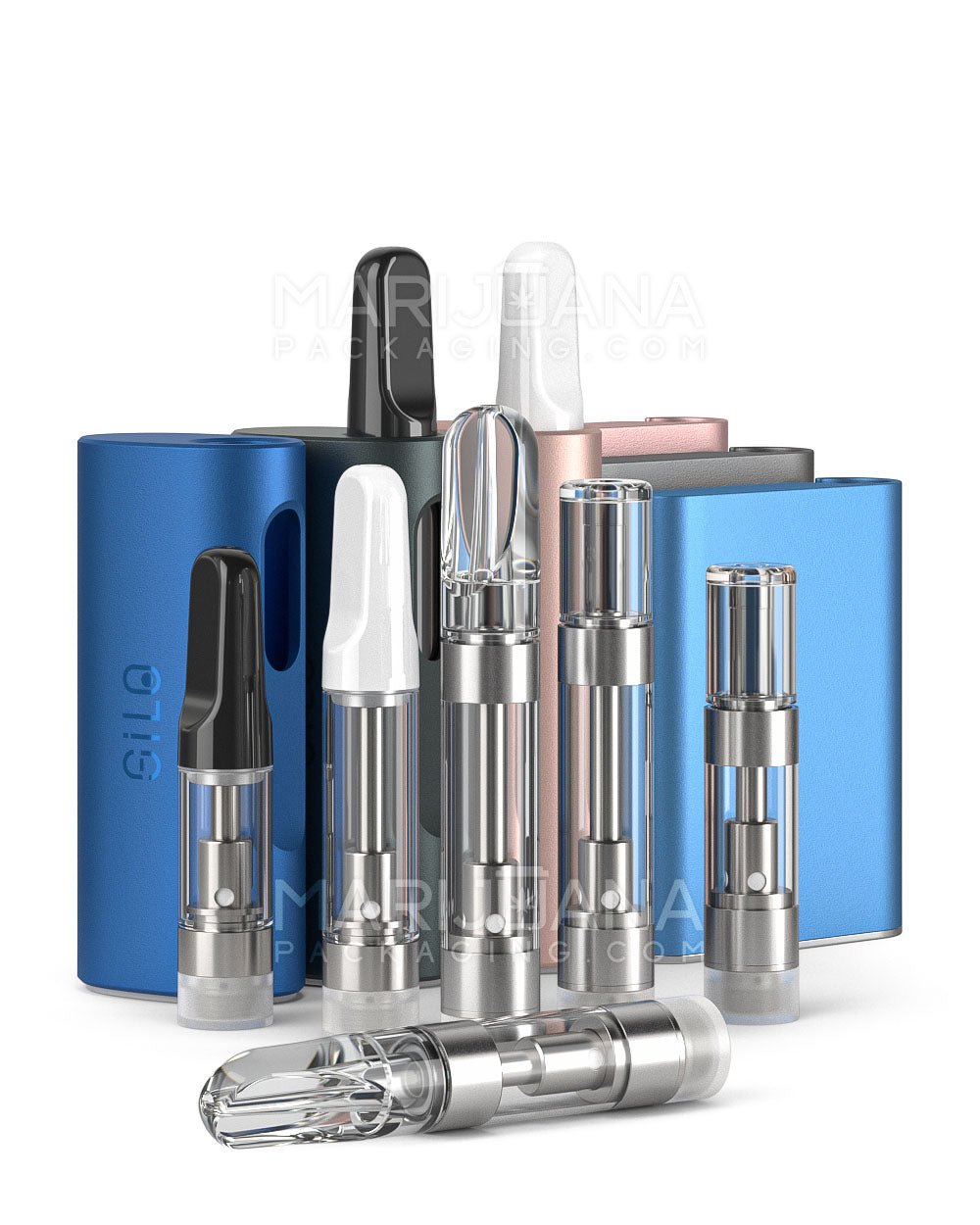Ever heard someone casually mention smoking marijuana seeds? It might spark a bit of curiosity, or perhaps you’ve pondered it yourself. The thought might have crossed your mind, especially if you’ve ever found yourself with a handful of seeds and no clue what to do with them. But before you decide to light them up, let’s chat about what really happens when those little seeds meet the flame.
We’re diving into the world of marijuana seeds, exploring everything from what they contain to the effects—if any—of smoking them. We'll cover why they don’t make for the best smoke and what alternatives you might consider. So, let’s get started on understanding why these seeds are better off planted than smoked.
The Basics of Marijuana Seeds
Marijuana seeds are the humble beginning of what could eventually be a thriving cannabis plant. They’re small, often brown or tan, and covered with a hard shell. These seeds are packed with all the genetic material needed to grow into a full-fledged plant. But here’s the kicker: they aren’t meant to be smoked.
Inside each seed is a wealth of potential in terms of growing cannabis. They hold the blueprint for everything from THC levels to plant size and yield. However, when it comes to smoking, they lack the chemical compounds that give cannabis its sought-after effects. In other words, the seeds themselves don’t contain the THC or CBD that you’d find in the plant's leaves and buds.
Most cannabis users are after the effects of THC, the psychoactive compound in marijuana. But seeds won’t give you that high. Instead, they’re more likely to leave you disappointed or, at the very least, with a bad taste in your mouth. Let’s break down why that is in more detail.
What’s Inside a Marijuana Seed?
Breaking open a marijuana seed won’t reveal much in the way of THC or CBD. Instead, what you’ll find is a tiny embryo that, given the right conditions, can grow into a cannabis plant. This embryo is encased in a protective shell, which is pretty tough to crack.
The seed itself contains proteins, fats, and some carbohydrates, similar to many other plant seeds. These components are crucial for the seed’s survival and initial growth stages. However, none of these elements contribute to the psychoactive effects associated with smoking marijuana. In fact, the compounds that cannabis smokers are after—like THC and CBD—aren’t present in the seeds at all.
This lack of psychoactive compounds is the main reason why smoking seeds won’t give you the desired effects. Instead, they could lead to a less than pleasant experience, which we’ll discuss next.
Why Smoking Seeds is a Bad Idea
Lighting up a marijuana seed might seem like a harmless idea, but it’s far from enjoyable. First off, seeds have a hard outer shell that doesn’t burn well. This shell can produce a harsh, acrid smoke that’s unpleasant to inhale. If you’ve ever accidentally smoked a seed, you’ll know it’s not the most pleasant experience.
Beyond the nasty taste and harsh smoke, there’s another downside. Seeds contain minimal, if any, THC, so you’re not going to get the effects you might be expecting. Instead of a relaxing or euphoric high, you’re left with a sore throat and a bad aftertaste.
Moreover, smoking seeds can be harmful to your lungs. The shell and other components of the seed can produce toxins when burned, and these aren’t things you want in your system. So, it’s best to avoid tossing seeds into your joint or bowl.
Better Uses for Marijuana Seeds
If smoking seeds is off the table, what should you do with them? Luckily, there are plenty of other uses for marijuana seeds that don’t involve inhaling them. Here are a few ideas:
- Plant Them: If you’re legally allowed to grow cannabis, consider planting the seeds. With the right care and conditions, your seeds can grow into a healthy plant.
- Use Them as Bird Food: Many birds enjoy seeds as part of their diet, so consider adding them to your bird feeder.
- Save Them for a Rainy Day: If you’re not sure what to do with your seeds right now, store them. They can be kept for future planting or other uses.
These options are not only more enjoyable but also make better use of the seeds’ potential.
Legal Considerations and Safety
Before you decide to plant or otherwise use marijuana seeds, it’s important to consider the legal landscape. In the United States, cannabis laws vary by state, and growing marijuana might not be legal where you live. Always check your local laws before planting or selling seeds.
Additionally, if you’re buying seeds, make sure you’re purchasing from a reputable source. This ensures the seeds are of good quality and reduces the risk of inadvertently breaking any laws. Keep in mind that while growing might be legal in some states, selling seeds can be a different story.
Safety is another consideration. If you’re handling seeds, especially if you plan to grow them, make sure you understand the cultivation process and any associated risks. This includes understanding your local climate, soil conditions, and the care needed to grow healthy plants.
Cultural and Historical Context
Historically, cannabis has been used for a variety of purposes, from medicinal to recreational. But when it comes to seeds, their primary value has always been in cultivation. Across cultures, cannabis seeds have been planted to produce plants for fiber, food, and medicinal oils.
In some cultures, hemp seeds have been used in cooking and as a nutritional supplement. However, the seeds used in these contexts are typically from hemp plants, which are low in THC. This highlights the versatility of cannabis plants but also underscores the idea that seeds are best used for purposes other than smoking.
Understanding the historical context of cannabis seeds can help us appreciate their value beyond the smoking culture. It also sheds light on why they’re not ideal for consumption in their raw form.
Common Myths About Marijuana Seeds
There are a few myths floating around about marijuana seeds, and it’s time to bust them. One common myth is that smoking seeds can get you high. As we’ve discussed, this isn’t true. The seeds lack the compounds needed for a psychoactive effect.
Another myth is that seeds aren’t useful unless you’re a grower. While it’s true that their primary use is for cultivation, seeds can be used in other ways, like feeding birds or even as a nutritional supplement, as mentioned earlier.
Finally, some people believe that all marijuana seeds are the same. In reality, seeds can vary greatly depending on the strain, the plant’s environment, and its growing conditions. This variation can affect everything from the plant’s growth rate to its THC content, so it’s worth considering if you plan to cultivate.
Alternatives to Smoking Seeds
If you’re looking for alternatives to smoking seeds, consider the many other ways to enjoy cannabis. From edibles to topicals, there are plenty of options that don’t involve lighting up. Here are a few to consider:
- Edibles: These are a popular choice for those looking to enjoy cannabis without smoking. They come in many forms, from gummies to baked goods.
- Vaping: If you prefer inhalation, vaping is a less harsh alternative to smoking. It’s also more efficient in terms of THC absorption.
- Topicals: These are great for localized relief. They’re applied directly to the skin and are often used for pain or inflammation.
These alternatives offer more enjoyable and effective ways to experience the benefits of cannabis, without the drawbacks of smoking seeds.
Final Thoughts
Marijuana seeds hold the promise of growth and potential, but they’re not meant for smoking. While they might seem like a novel idea, the reality is that they provide little to no benefit when burned. Instead, consider planting them (where legal) or finding other creative uses.
When it comes to packaging and storing your cannabis products, Gamut offers a range of solutions that can meet your needs. From design to delivery, Gamut covers the entire spectrum of packaging options, helping your brand stand out while ensuring your products remain fresh and protected. Whether you need jars, bags, or custom designs, Gamut's expertise can help you achieve your packaging goals.







